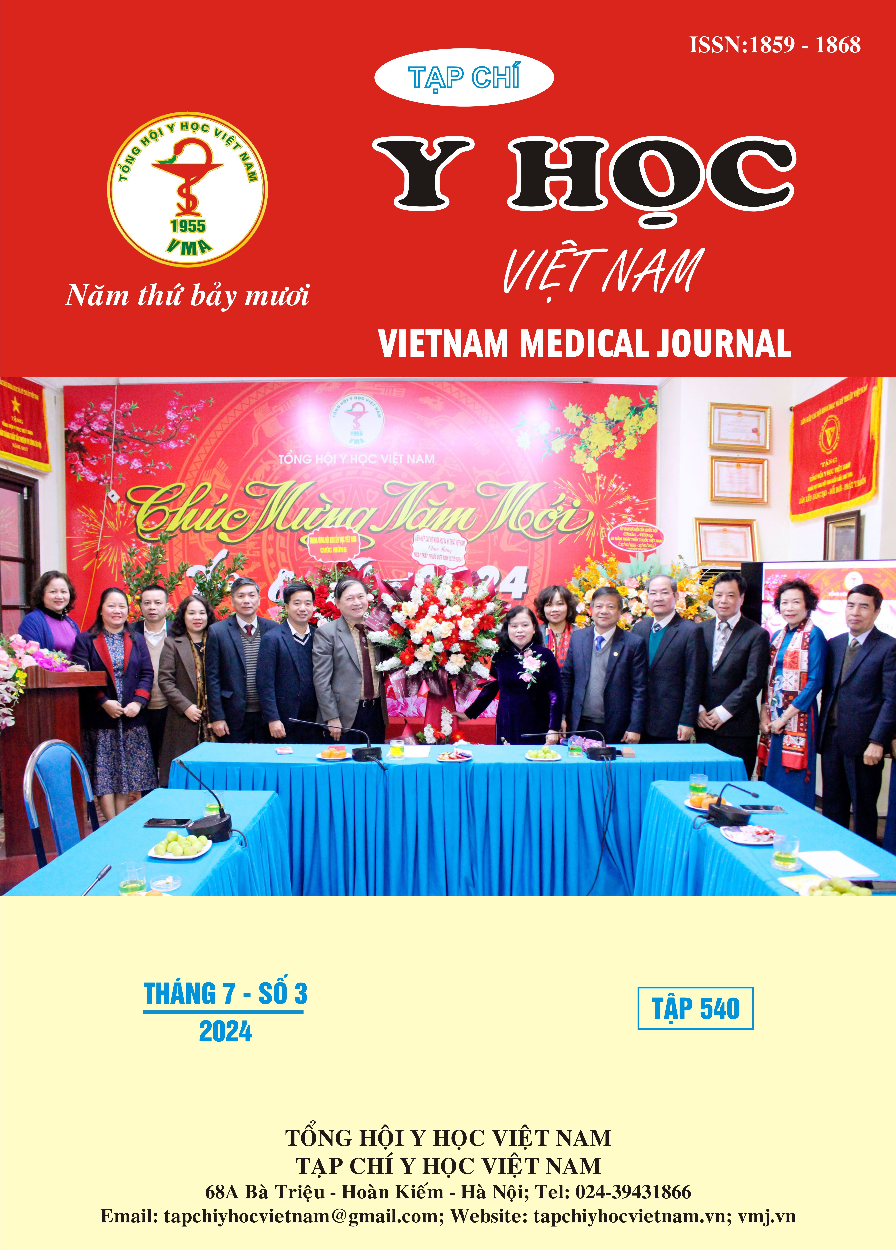SATISFACTION OF TOURISTS ON HEALTH CARE SERVICE QUALITY AT THREE GENERAL HOSPITALS IN KHANH HOA PROVINCE
Main Article Content
Abstract
Objectives: To examine satisfaction of tourists on health care service quality at three general hospitals in Khanh Hoa province. Methods: A cross-sectional design was applied to a sample of 133 tourists who were treated at three general hospitals in Khanh Hoa province in 2023. The 26-item SERVPERF scale was administered to the tourists for evaluating the quality of health care and related factors. Mean comparisons and logistic regression were used to analyze data. Results: The general satisfaction percentage was 84.2%. The mean of Response dimension was at the dissatisfaction level. The significantly higher satisfaction was observed among elderly (60+ years of age) and among tourists who had more than three members in the family. There were no differences in satisfaction by gender, groups of religion and education levels. Logistic regression model showed three significant factors: age group, number of family members and tourism purpose. Conclusions: General satisfaction with health care quality at three hospitals in Khanh Hoa province was high (84.2%). There was still a dissatisfaction in the dimension of Response of SERVPERF scale.
Article Details
Keywords
SERVPERF, Likert scale, satisfaction, medical tourism, Khanh Hoa province
References
2. Adil, D., O.F.M. Al Ghaswyneh, and A.M. Albkour, SERVQUAL and SERVPERF: A Review of Measures in Services Marketing Research. Global Journal of Management And Business Research, 2013. 13(6).
3. Le, T.P. and G. FitzGerald, Applying the SERVPERF Scale to evaluate Quality of Care in Two Public Hospitals at Khanh Hoa Province, Vietnam. Asia Pacific Journal of Health Management, 2014. 9(2): p. 66-76.
4. Hair, J.F., W.C. Black, and B.J. Babin, Multivariate Data Analysis: A Global Perspective. Global Edition. 2010: Pearson Education.
5. Lê Tấn Phùng, F. Gerard, Nghiên cứu đánh giá sự hài lòng của bệnh nhân tại Bệnh viện đa khoa tỉnh Khánh Hòa. Tạp chí Y Dược học, 2014. 19: p. 47-54.


